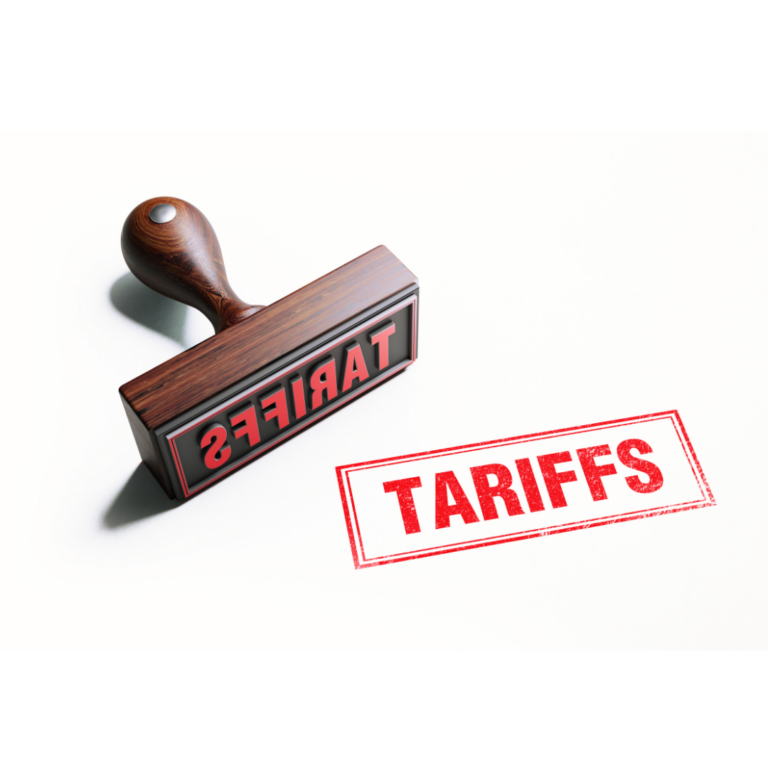What is Giving Tuesday?

Every holiday season, Giving Tuesday, a day dedicated to the selfless act of giving, shines like a beacon of hope. Giving Tuesday is the Tuesday after Thanksgiving each year. Because Thanksgiving is the fourth week of November, Giving Tuesday either falls on the last Tuesday of November or the first Tuesday of December and has rapidly gained prominence as a global movement that encourages generosity, charity, and community involvement.
Here, we’ll unwrap the history, significance, and impact of Giving Tuesday while sharing some ways you can give back this season.
A History of Giving Tuesday:
The story of Giving Tuesday begins with 92nd Street Y (92Y), a cultural and community center in New York City. In 1874, this institution was founded to promote the well-being of the city’s Jewish population. Fast-forward to 2012, a team of visionaries, including Henry Timms, 92Y’s Executive Director, and the Belfer Center for Innovation & Social Impact came together to create a day that would harness the power of social media and online connectivity for charitable causes.
On November 27, 2012, the first Giving Tuesday took place. This day was strategically celebrated between the commercial frenzy of Black Friday and Cyber Monday as an attempt to focus the holiday season on giving rather than receiving. The idea was to channel the excitement and energy of holiday shopping into a day of giving back to the community. Since its inception, Giving Tuesday has grown exponentially. It has transcended its New York origins to become a global movement, inspiring countless individuals, organizations, and communities to come together and make a difference.
How to Give Back This Giving Tuesday:
The beauty of Giving Tuesday lies in its flexibility. It’s a day that welcomes all forms of generosity, from financial contributions to acts of kindness that don’t cost anything.
Here are some meaningful ways you can give back on Giving Tuesday:
Donate to Charitable Organizations
One of the most direct ways to participate in Giving Tuesday is by making a financial donation to a charitable organization of your choice. Whether it’s a local nonprofit, a global humanitarian organization, or a cause that’s close to your heart, your contribution can make a significant impact. You can donate in cash, appreciated stock or through a Donor Advised Fund. You should always consult your financial and tax advisor to make sure you are giving in the most tax-efficient way possible for your situation. Volunteer Your Time Your time and skills can be just as valuable as your financial resources. Consider volunteering at a local shelter, food bank, or community center.
Fundraise for a Cause
Become a fundraiser for a nonprofit you’re passionate about. Use social media and online platforms to reach out to friends and family, sharing your dedication to the cause and encouraging them to contribute.
Support Local Businesses
Giving back doesn’t always involve traditional charity. Support your local economy by shopping at small businesses on Giving Tuesday (and on Small Business Saturday, the Saturday after Black Friday). Many businesses also run promotions these days, allowing you to give back and save money.
Random Act of Kindness
Small acts of kindness can have a big impact. Pay for a stranger’s coffee, leave an uplifting note in a public place, or offer to help a neighbor with their groceries. These acts spread positivity and remind us that giving isn’t limited to financial transactions.
Donate Goods
Clean out your closets, and consider donating gently used clothing, toys, or household items to local shelters or thrift stores. Your unwanted items can provide much-needed assistance to individuals and families in need, especially during the holiday season.
Share Your Skills
Share your knowledge and skills with others. Offer to mentor a young person in your community, teach a workshop, or provide free services to nonprofits. Your expertise can be a valuable resource.
Some of my local Denver favorites to volunteer and donate are: Denver Urban Gardens operates more than 180 community gardens throughout the metro area in order to make fresh food accessible to everyone who needs it. They offer education workshops and youth classes to teach kids all about healthy eating and food growth. You can donate or volunteer your time (my husband spent a day planting trees and sorting seed packets to jumpstart community gardening spaces all across Denver).
Maxfund is a non-profit no kill animal shelter established in May of 1988. They take in and nurture injured animals with no owner and find loving forever homes for these animals once they have recovered. They have multiple locations all over the city with both volunteer and fostering opportunities.
The Master’s Apprentice program trains young adults over seven weeks in a variety of trades such as carpentry and plumbing. As the skilled trades field needs to grow now more than ever, this program helps assist with the training needed giving scholarships and stipends to students to help them complete their desired programs and build foundations for success with different companies after graduation.
Giving Tuesday is more than just a day on the calendar; it’s a reminder of the difference we can make. Its history, growth, and significance show how a simple idea can evolve into a global movement, inspiring countless acts of kindness and creating a better world.
The views expressed represent the opinions of FIRM as of the date noted and are subject to change. These views are not intended as a forecast, a guarantee of future results, investment recommendation, or an offer to buy or sell any securities. The information provided is of a general nature and should not be construed as investment advice or to provide any investment, tax, financial or legal advice or service to any person. The information contained has been compiled from sources deemed reliable, yet accuracy is not guaranteed.
Additional information, including management fees and expenses, is provided on our Form ADV Part 2 available upon request or at the SEC’s Investment Adviser Public Disclosure website. https://adviserinfo.sec.gov/ Past performance is not a guarantee of future results.

Breakwater Team
At Breakwater Capital, we work with families across the United States, providing each client with a personalized experience tailored to their current circumstances, future goals, and timelines.











